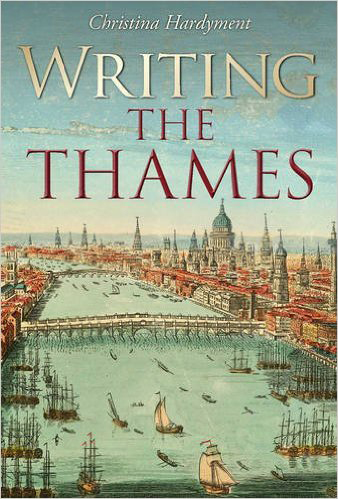Writing the Thames
Thames aficionado Robert Gibbings once wrote that ‘the quiet of an age-old river is like the slow turning of the pages of a well-loved book’. My latest book Writing the Thames tells the story of this much loved river through the remarkable prose, poetry and illustration that it has inspired. Its eight themed chapters describe graphically-recorded historical events such as Julius Caesar’s crossing in 55 BCE and Elizabeth I’s stand against the Spanish at Tilbury, the explorations of topographers who mapped, drew and painted the river from source to sea, and the many congenial riverside retreats for authors ranging from Thomas More, Alexander Pope and Thomas Love Peacock to Francis Bacon, Henry James and William Morris. A chapter on messing about in boats tells the story of William Hogarth’s impulsive five-day river trip with four inebriated friends and features satirical novels making fun of frenetic rowers (Zuleika Dobson) and young London men-about-town on camping holidays (Three Men in a Boat).
The Thames has also inspired great children’s books like The Wind in the Willows), and naturalists such as Gilbert White, Isaak Walton, Richard Jeffries and C J Cornish (A Naturalist on the Thames) have recorded the richness of its flora and fauna. But there are also dark undercurrents: Charles Dickens used its waters as a symbol of death, Sax Rohmer’s Limehouse villain Dr Fu Manchu made it his highway, and fictional criminals have disposed of corpses in its sinister depths in detective novels ranging from Sherlock Holmes to Inspector Morse. The final chapter celebrates modern writing about the Thames by boasting about novel methods of progressing along it, telling its history in new ways (Peter Ackroyd’s Thames, Sacred River) and celebrating it in verse (Carol Ann Duffy).
